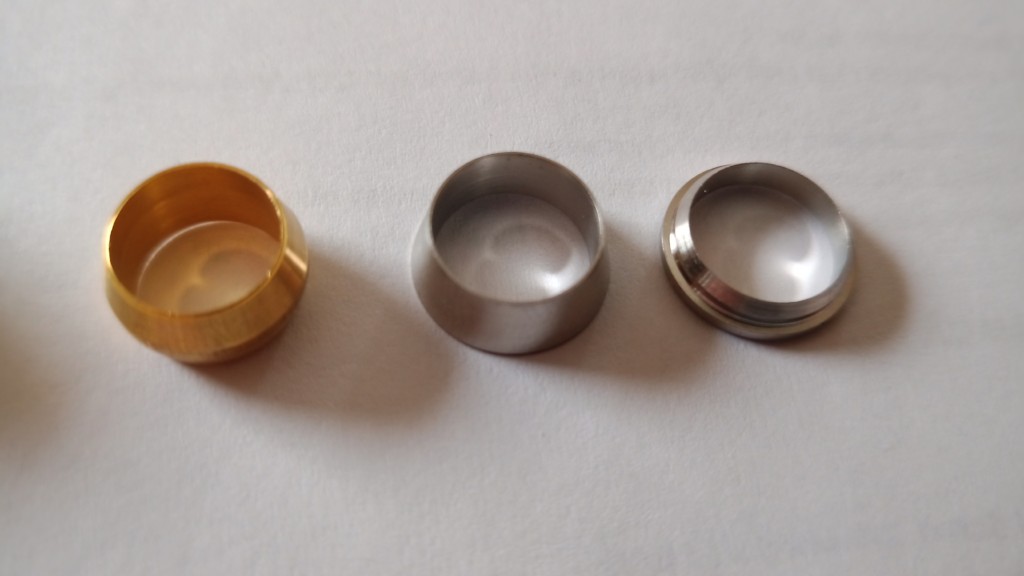Remember the dishwasher install I wrote about a few years back? (here’s the link) Well, another kitchen remodel has been underway, in a house that’s about to celebrate 100 years standing in one place. Yeah, no wheels. Like a lot of older houses, its kitchen is fairly small, and its last real renovation was during the Truman presidency. Sure, appliances were newer, but it had evolved from a kitchen with a free-standing sink, ice box, and a coal stove to a drop-in sink, toe kicks, wall cabinets, a refrigerator, and a freestanding electric range.
One thing it didn’t have was a dishwasher. As part of the renovation, a few things were moved around. Well, lots of things. The refrigerator now sits where the range was, the oven and cooktop where the sink was, with microwave above, and the sink now in front of a real window, instead of one that was closed off 30 years ago. In doing all of that, a new cabinet went in to house a Fisher-Paykel single-drawer dishwasher. A newer version of the one in the Grey Ghost, it has a few nice updates and a cleaner look. I’ll post a more detailed review soon.
Supply Line Tubing
If you look at the supply line on the dishwasher, it’s a polyethylene hose that connects to the home’s plumbing via a 3/8″ compression fitting. To make it all fit, the supply line came up through the floor below the bottom of the dishwasher. The line attached to the dishwasher was unnecessarily long, and there wasn’t room to coil it up neatly in the back of the cabinet.
There’s nothing special about this, right? Well, instead of a brass ferrule slipped over the line, it had one molded in place. Ok, no big deal. Pick up a 3/8″ brass ferrule at the hardware store, cut the line, slide the ferrule on, and reconnect.

Snip, Snip
It takes all of 5 seconds to cut the line. Un-cutting it is a lot more complicated. After the cut, we learned that the 3/8″ ferrule didn’t fit on. Uh oh. Hop in the car, head to the local Ace Hardware store, and spend 30 minutes talking to the resident plumbing expert (pretty good guy, but not good enough for this).
Could it be a metric hose? 3/8″ is 9.53 mm–maybe it’s a 10mm hose. Cue the wild goose chase, trying to find metric compression fittings. Hardware store? No luck. Fuel line tubing on older European cars maybe? Auto parts stores? Nope. Fastenal? Nope, and those bastards won’t sell to anyone without an account any more. Plumbing supply houses? Nope, nope, and nope. We weren’t going to have the fitting to reconnect it based on any supplier we could find in the area, population about 100,000.
Queue Amazon. Here’s [amazon_link asins=’B07D1L87Q8′ text=’the link’ template=’ProductLink’ store=’rvne-20′ marketplace=’US’ link_id=’ec545e12-8be3-4f80-b37e-a4949888942b’] a link for a pair of 10mm compression unions in stainless steel. Brass would be fine, but most everything else was steel–I don’t want to introduce something that will rust or otherwise be unsuitable for potable water.
Of course, I didn’t need two unions. I didn’t need 4 sets of ferrules. But it was the cheapest and quickest way to get what I did need–one set of ferrules, in 304 stainless, Prime and in my hands in 2 days.

Once the package arrived, we quickly opened it, unscrewed one of the compression nuts, and two pieces fell out. Which way did they go? Fortunately, there were 3 more to check! The piece on the right goes on the hose first, then the tapered piece in the middle. It fit right on the hose, so we were back in business. But can we use the nut that came with the new fitting? Nope. That’s a metric thread. Is the nut from Fisher-Paykel a standard 3/8″ nut? That’s a negative too–it’s a 3/8″ thread, but with a larger 10mm hole for the line. Whatever you do, don’t lose that nut!